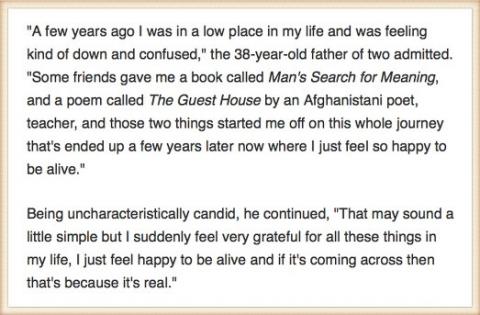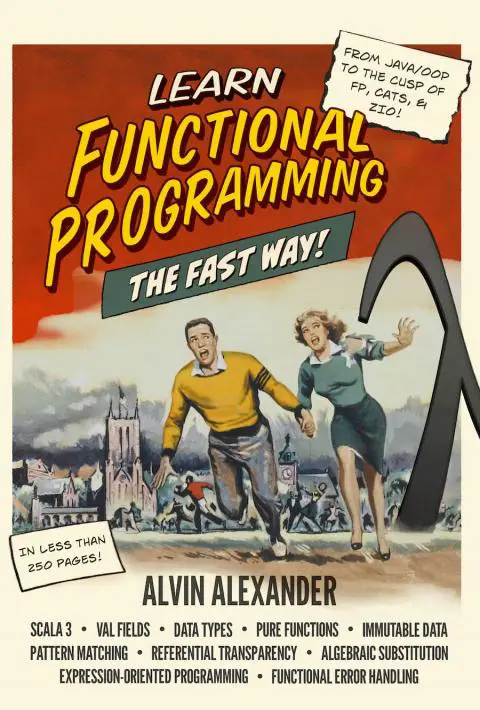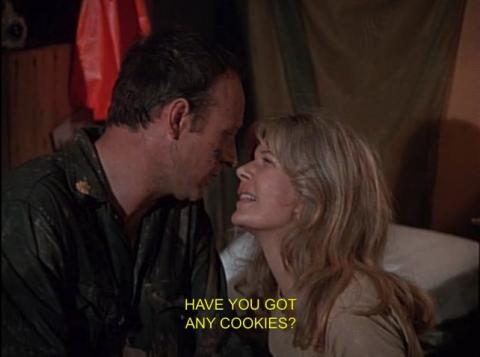Dear diary,
Annihilation of the ego continues to make progress, at least during sleeping hours. In recent nights I’ve gained awareness during the dream state to find “myself” as animals, women, and other men.
Last night I gained awareness as an older black man, talking to other black men about some of the discrimination and injustices we’ve gone through in our lives. We can laugh a little amongst ourselves about them now, but I could feel that under the laughter there’s also a deep sadness and pain.
Lately each nightly occurrence ends the same way: Eventually there’s a realization that “I” am supposed to be “Al,” and that realization startles me, pulls me from the scene, and wakes me.
Yours truly,
The Hopefully-Disappearing Self
P.S. — I don’t know if it’s more correct to say “black man,” “African-American,” or something else. To be clear, if it wasn’t important to the story I would not mention it at all.



